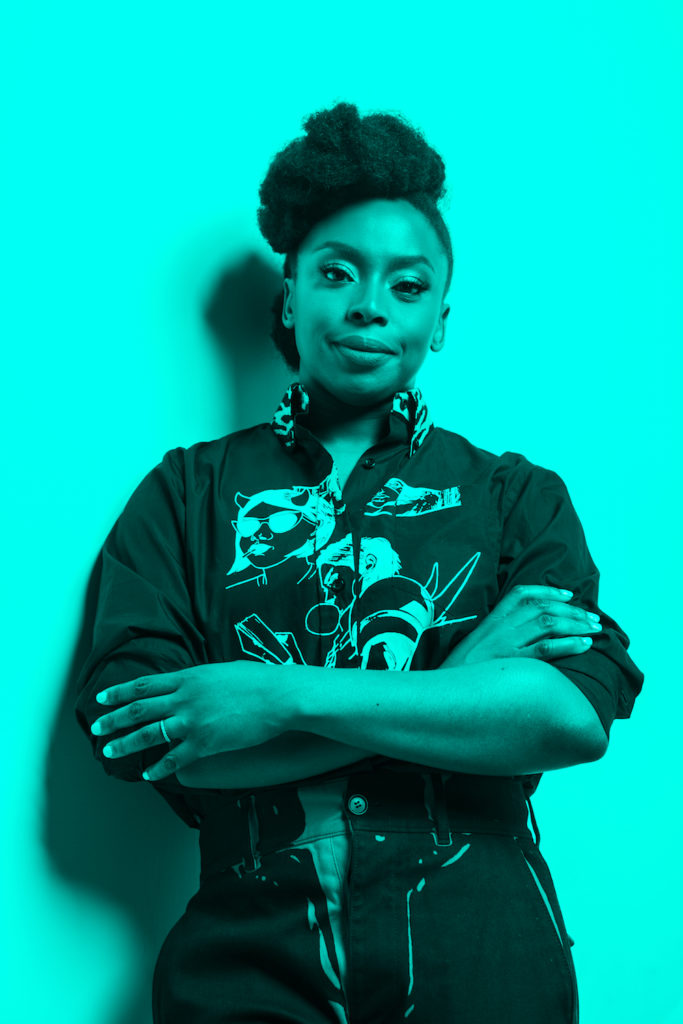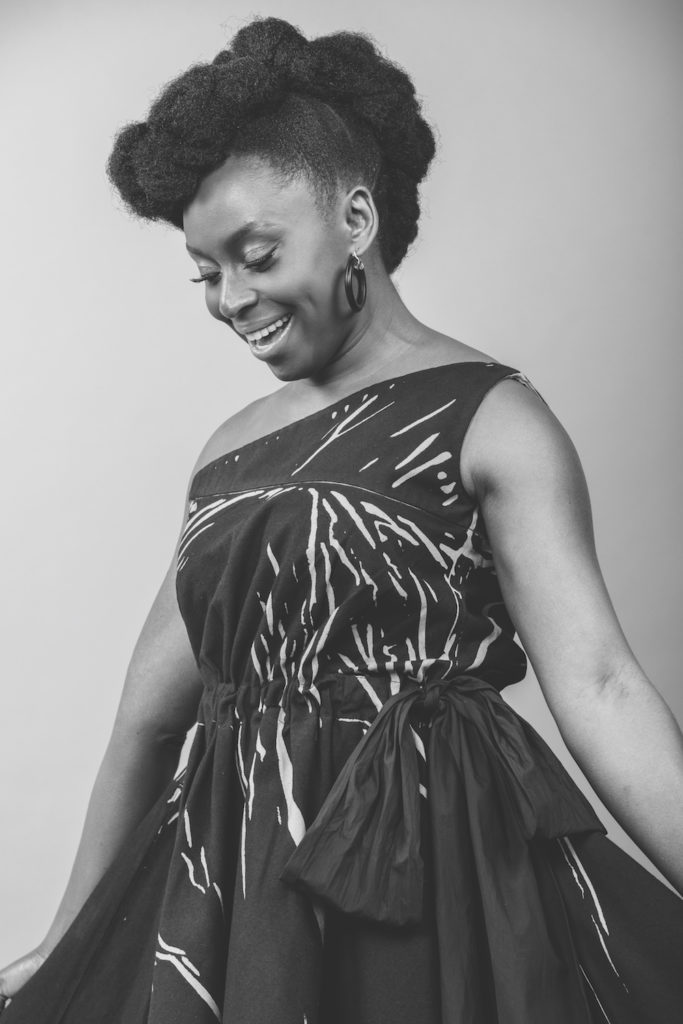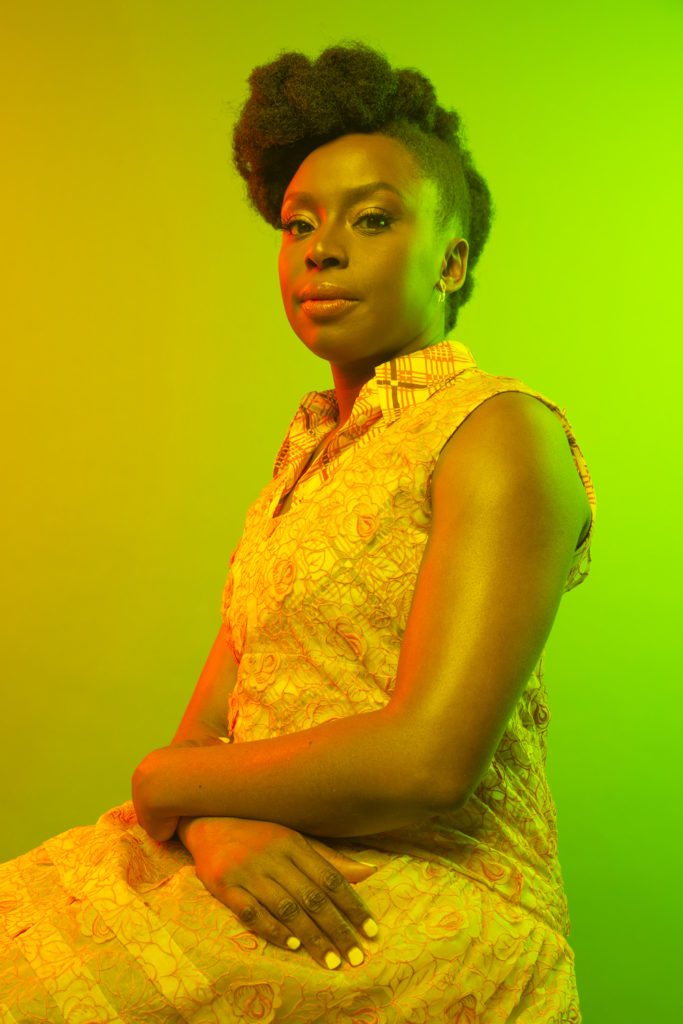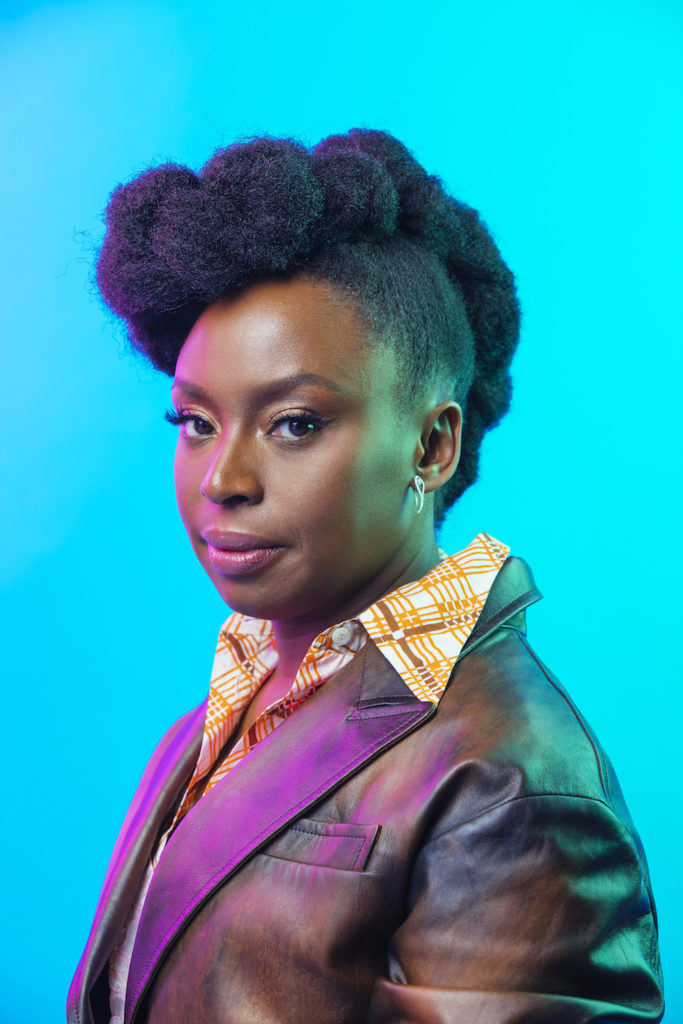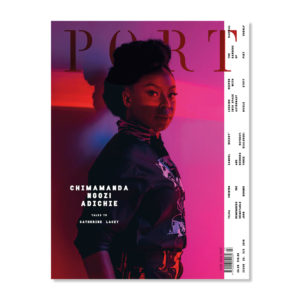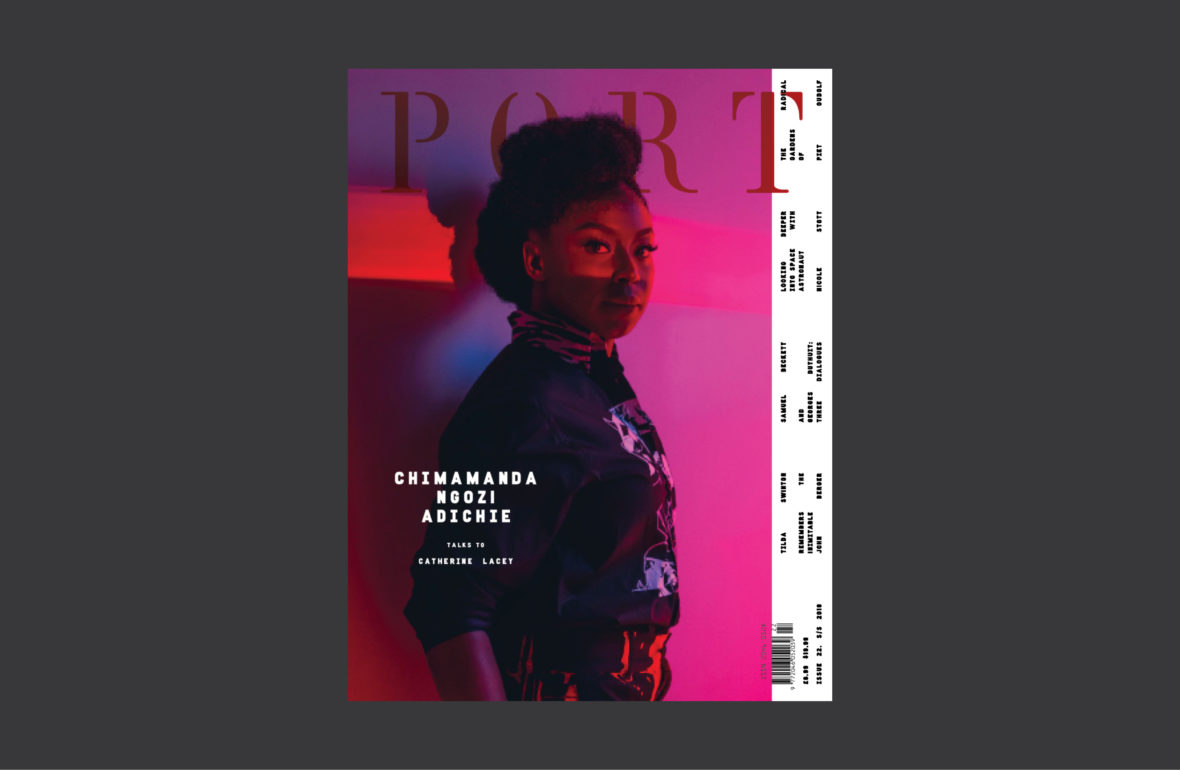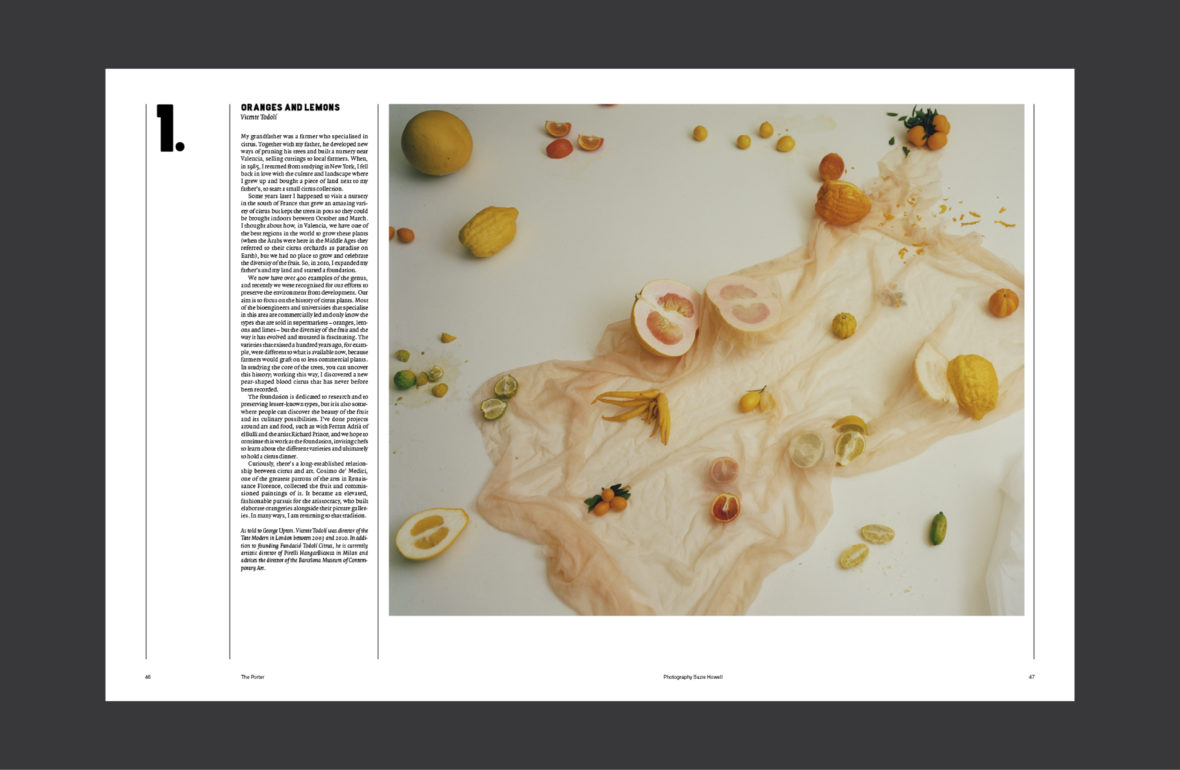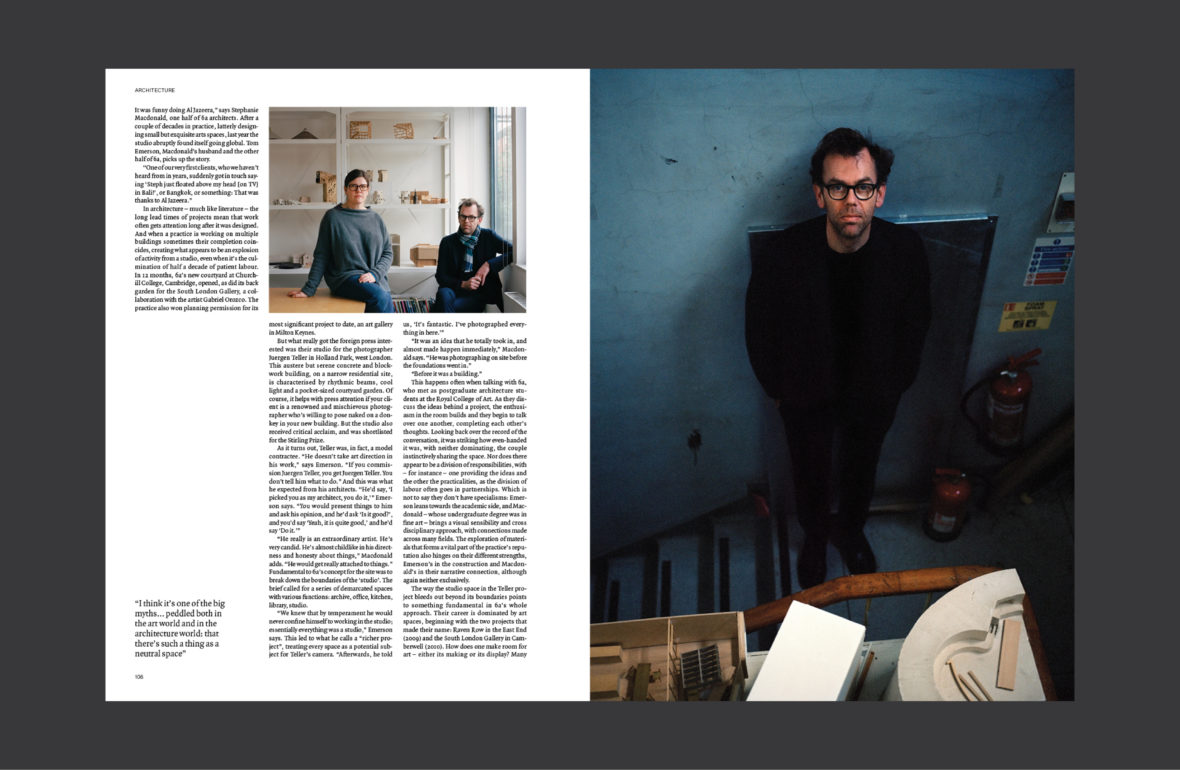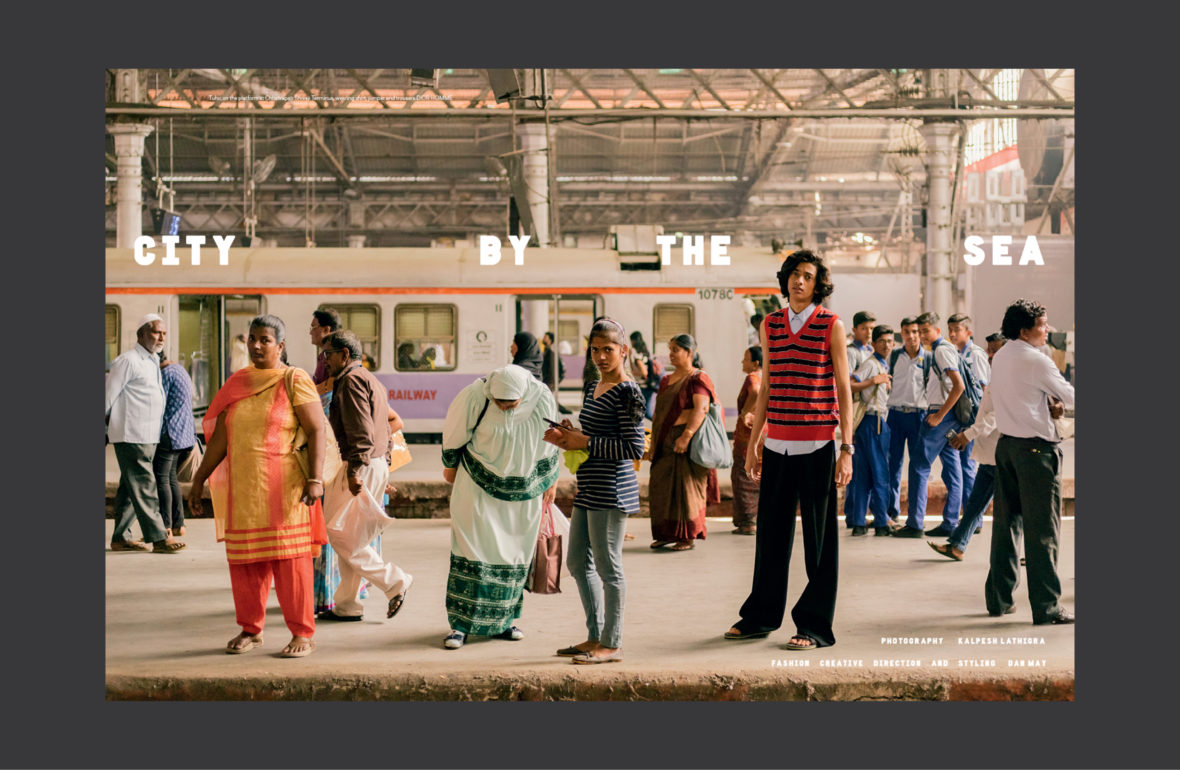Catherine Lacey discusses her new book, which complicates and recontextualises the act of biography

Early in Janet Malcolm’s seminal biography of biographies, The Silent Woman, she quotes a letter from Ted Hughes refuting those commenting on his decision to burn the final diaries of his late wife, Sylvia Plath. “I hope each of us owns the facts of her or his own life,” he wrote. Malcolm is unconvinced: “Of course, as everyone knows who has ever heard a piece of gossip, we do not “own” the facts of our lives at all… Biography is the medium through which the remaining secrets of the famous dead are taken from them and dumped out in full view of the world.” This fact must be concealed from the reader, who needs to believe that the biography is an objective portal to a richer, fuller understanding, rather than an inherently flawed, inherently fictional exercise. In Catherine Lacey’s novel Biography of X, these delusions are spotlighted. The subject is X, iconoclastic artist, author and musician; the biographer, CM, her widow. Biography, love letter, ghost story – Biography of X is the narrative of CM’s realisation that the more she learns of her wife, the less she knows her. It is a document of the decay that comes from trying to capture someone fast: ink fading in the sunlight, cassette tape bleeding into the machine. A face that lingers just past the border of memory. In biography, we try to reverse the impossible, to reanimate the dead.
Over Zoom, Lacey tells me that the original idea for the book “was a proper biography. I like reading biographies. I’m interested in the impossible task of biography. But I was encouraged not to, as the subject that I had in mind is still alive.” But something stuck. “There’s something about that urge of wanting to do something and being told not to; it led me to this idea of who is the wrong person to write a biography about, or who would be the wrong person to write a biography. You know, a book that is inherently kind of doomed or fucked from the beginning.” In Biography of X, our narrator, CM, is a promising journalist whose life and career, whose entire self, is devoured by the black hole of X’s genius. Our narrator’s project – although ostensibly written to correct an unauthorised, gossip-heavy biography – is fuelled in equal and fluctuating parts by a desire for understanding, for control, for affirmation. It’s this messy, contradictory perspective that inspired Lacey: “I thought the worst person to write a biography of someone who was dead would be a resentful spouse, right? Or a spouse with complicated feelings – and all spouses are going to have complicated feelings.”
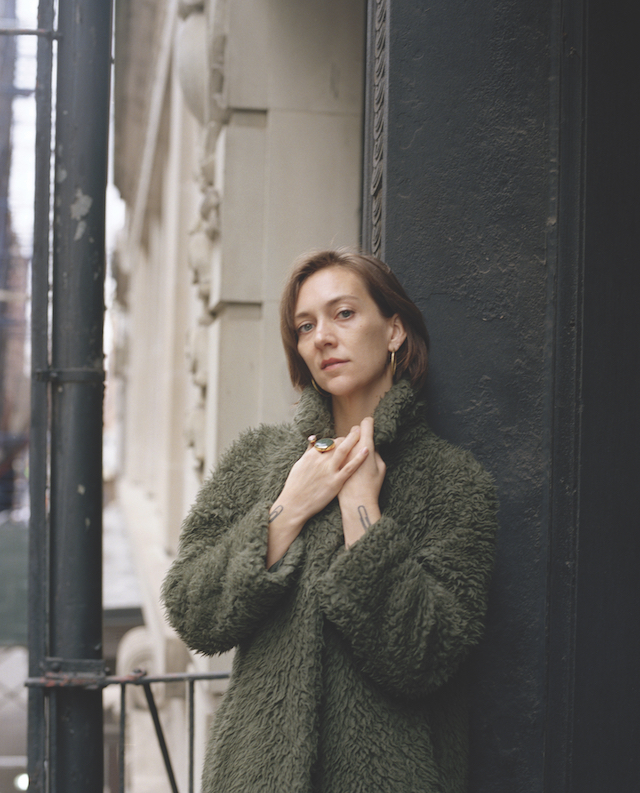
CM simultaneously loves and hates X, with her many identities, affairs and histories, her fame and her mystery and her utter unknowability (throughout their relationship, CM does not know the barest biographical facts of X’s life). Lacey writes X as a female art monster – an “art cunt”, as she’s memorably described – brilliant, awful, dazzling. It’s small wonder that the author turned to two artist biographies in particular: Joshua Rivkin’s Cy Twombly biography, Chalk, and Chris Kraus’ After Kathy Acker. Rather than perpetuate the fiction of detachment outlined by Malcolm, both books offer up their biographers, with all their messy subjectivity, throughout the text; they become impossible to avoid. Lacey was drawn to the way Chalk transformed from an authorised biography to something much stranger: “the estate decided they didn’t like Rivkin or his angle, so they turned against him in the middle of writing it. And he was ten years or so into that project. There was just no way he could be like, ‘Oh, well, I guess I’m done.’ And it just became this bonkers kind of detective story. It’s a really interesting book; it reads like a thriller.” After Kathy Acker inspires due to Kraus’ proximity to her subject. She’s both “the perfect biographer of Kathy Acker because she was there, part of the world that Acker was moving in, but also, she’s a little compromised – her partner was an ex of Acker’s. There’s a sort of competitive spirit that I think is really interesting. And she’s a really good writer, so I feel like she overcomes that compromisation.” The book ends up being quoted often in Biography of X.
Reappropriated, rewritten, reattributed quotes appear throughout the book, a decision that allows Lacey to both unpick the idea of artistic truth, and, on a more practical level, enables the author to have a little fun with the sweat-slicked, coke-nail charm of the 1970s New York art scene. There’s a told-slant aspect to X’s life – a timeline in which she performs at sex shows in Manhattan with Kathy Acker, pisses off Patti Smith, writes songs with Bowie, holidays on Fire Island with a still-alive Frank O’Hara. She’s interviewed by Robert Storr, eulogised by Lynne Tillman (“I just think she’s so cool”, Lacey tells me).
But that isn’t the only way in which Lacey recontextualises. Biography of X is set in a trifurcated United States, where the ultra-religious southern states seceded after WWII to create a fascist theocratic dictatorship named the Southern Territory. In comparison, the soft democratic-socialism of the Northern Territory has long allowed same-sex marriages and full reproductive rights, while the Western Territory has adopted a libertarian stance. For Lacey, who grew up with the homogenous religiosity of small-town Mississippi of the 1980s and 90s (“I don’t think there are many writers alive now who have had to grapple with the Bible as much as I have”, she jokes), there’s a meta-textual biographical aspect to this. The Southern Territory functions as a representation of the depression-era south in which her grandfather came of age. “Even when I was a teenager, I saw that he knew nothing was even remotely the way that it was when he was growing up. He never left, apart from to go to war. And that’s it. He never travelled; he had no interest. He died in the house where he was born.” In its understanding of who owns the facts, then, Biography of X seems to offer up biography as a site of exchange: both biography as fiction and fiction as biography.
Biography of X by Catherine Lacey is published by Granta Books, out now
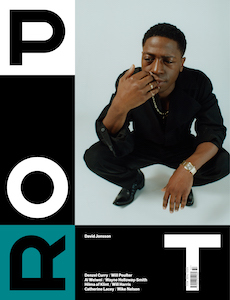
This article is taken from Port issue 32. To continue reading, buy the issue or subscribe here
